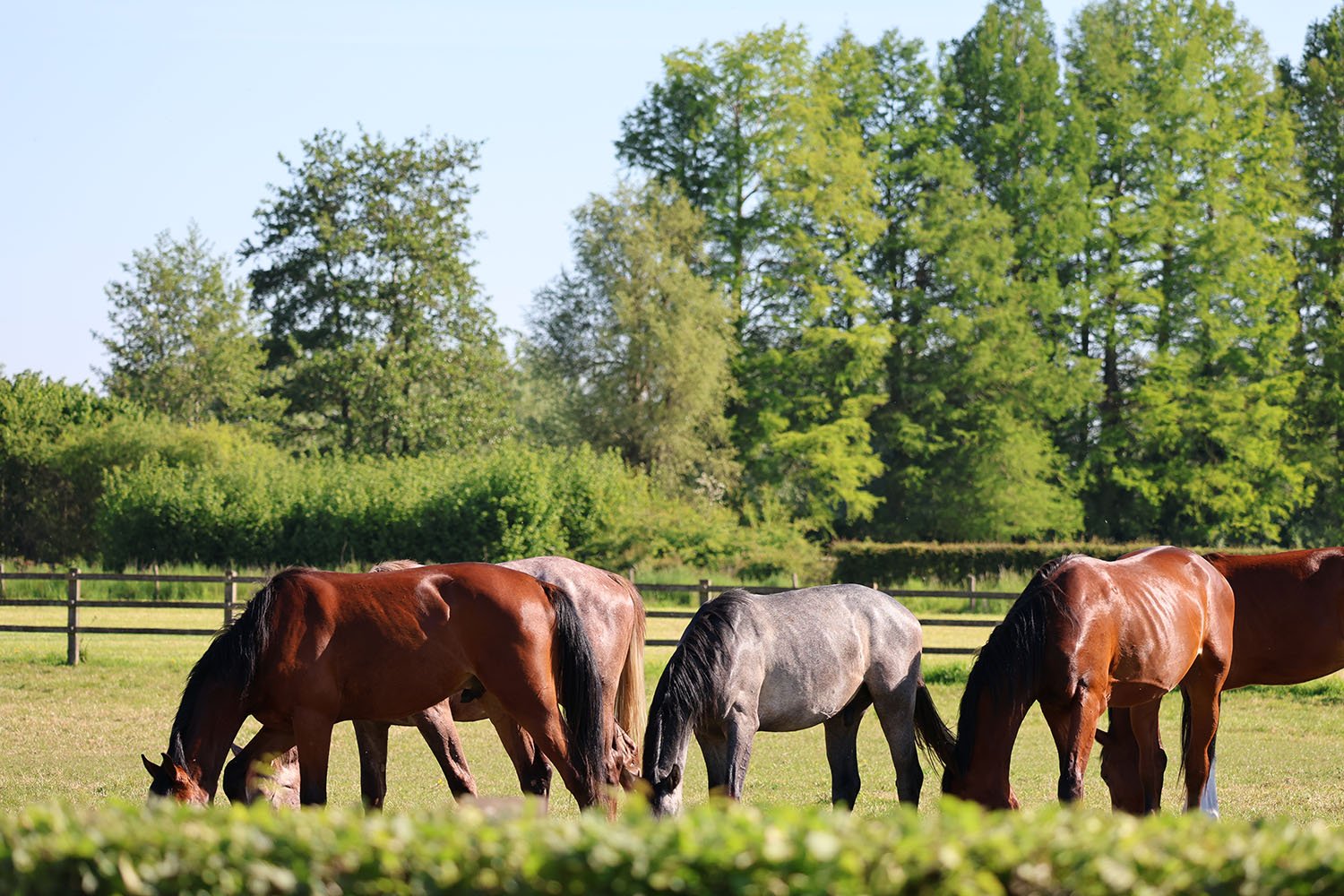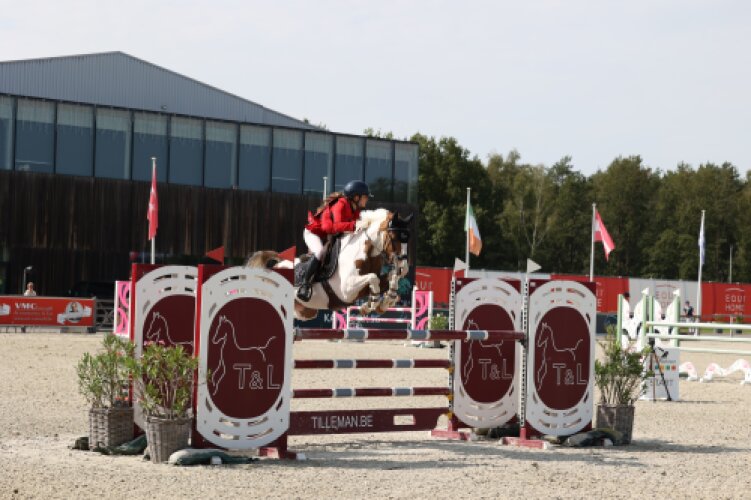A recent study by the University of California, Davis, shows that environmental enrichment in horse stables, such as hay feeders, mirrors, and activity balls, can significantly improve the welfare of stabled horses.
In the study, nine horses (six geldings and three mares) were individually housed in a stable with an attached outdoor paddock, under normal group housing conditions (training, etc.). During different test periods, the horses were provided with one of three types of enrichment, in addition to their regular feed and hay. The researchers observed both the horses’ behavior and their physiological responses, including heart rate and respiratory rate.
The results showed that enrichment led to a higher heart rate, more activity, and an increase in natural behaviors such as foraging and movement. At the same time, the horses showed fewer signs of frustration, indicating a more positive emotional state. Both edible and non-edible enrichments proved effective, although the hay feeder had the strongest influence on natural behavior and physiological responses.
The researchers concluded that enrichment can help improve the welfare of stabled horses by better fulfilling their need for mental and physical stimulation. However, they emphasized that social interaction with conspecifics and sufficient exercise outside the stable remain essential for optimal welfare.
Further research is needed to investigate the long-term effects and the impact of enrichment in larger groups of horses and under various housing conditions.
Main findings of the study
Physiology
-
Adding enrichment significantly increased heart rate compared to the control day, indicating higher arousal (excitement/activity).
-
Respiratory rate was not significantly affected by the enrichment.
-
The effect on heart rate differed depending on the type of enrichment and the time of day: for example, horses with the mirror had lower heart rates at the end of the day (8:00 p.m.) than in the morning or afternoon.
Behavior
-
Foraging (searching for/eating feed) increased with all forms of enrichment compared to the control.
-
The slow-hay-feeder and activity ball led to a significant increase in locomotion (movement in the stall) compared to the mirror and control.
-
Frustration behaviors (such as pawing, biting objects, repetitive behavior) decreased under enrichment compared to control, especially around 12:00 p.m. and 4:00 p.m.
-
The slow-hay-feeder had the greatest effect: the horses’ time budget most closely resembled the natural behavioral pattern of horses.
Time-of-day effects
-
The effects were most noticeable at times when feeding normally did not occur (12:00 p.m., 4:00 p.m.), moments when the stable is often “inactive” in terms of natural behavior.
-
In the evening (8:00 p.m.), the differences between enrichment and control were less pronounced, and the mirror had little effect.



